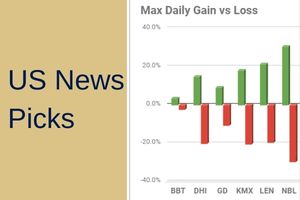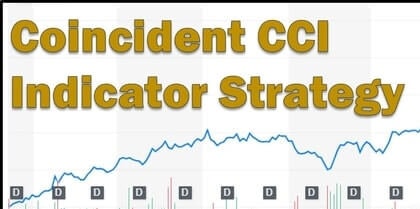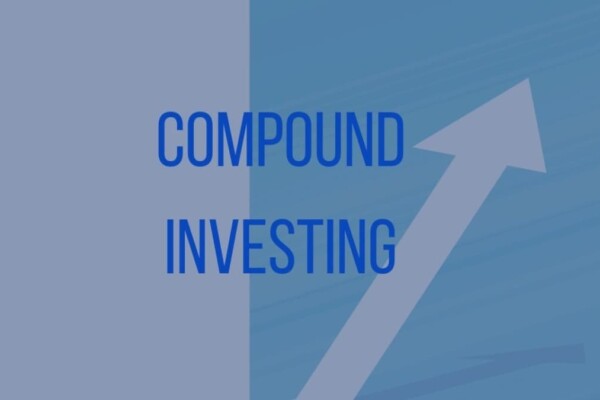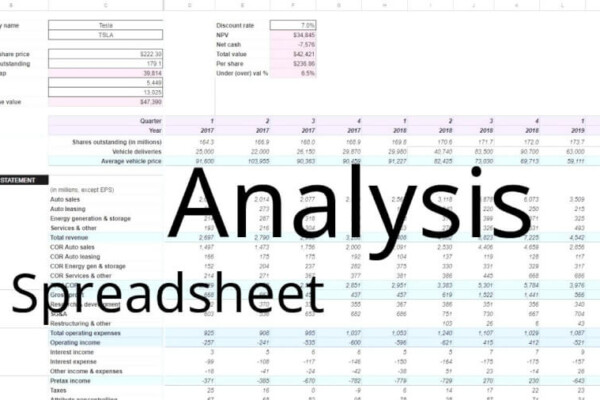Fundamental and technical analysis have, for a long time, been considered the only two schools of thought when it came to analyzing stocks. That’s not necessarily the case anymore. However, these two methods are still the most popular with a majority of investors falling on one team or the other.
I got curious if the two methods could be combined. Which is what inspired this post. I wondered if the best of both worlds could be used to make more confident and profitable stock picks.
Fundamental vs (or plus?) technical analysis
Fundamental and technical analysis are radically different approaches to choosing stocks. So, it would seem that there would be no way to combine the two. Fundamental and technical analysis are not mutually exclusive, however. They can serve as complementary (yin and yang) methodologies for stock investors.
What is the difference between fundamental analysis and technical analysis of stock?
Read more about using both fundamental and technical analysis here, on Quora.
User Sofien Kaabar also saw these methods of analysis as complementary. He figured that technical analysis provided investors with information regarding market timing – for investments that they decided to buy or sell based on their fundamental analysis.
He also states that fundamental and technical analysis each work on different time horizons. Fundamental on a long-term horizon. Technical on a short-term.
User Howard Bandy makes a unique observation in stating, what he feels, is a similarity between the two analysis methods. That observation is that they’re both (essentially) useless. He advocates more for quantitative analysis and machine learning.
On the surface, fundamental and technical analysis are very dissimilar.
Fundamental analysis focuses on the performance of the company, industry, and economy as a whole. Technical analysis focuses on market data such as price and volume.
Fundamental analysis believes that some stocks are undervalued and others overvalued. Technical analysis believes that all known information is already priced into the stock. You might say that technical analysts believe that there are so many fundamental analysts out there, that you aren’t going to find something they missed – you might as well just ride their momentum.
Finally, fundamental analysis’s upside lies in going against the market (finding value). Technical analysis, on the other hand, sees betting against the market as a losing proposition.
So, what are their similarities?
Aside from the obvious, there aren’t many. The obvious, of course, is that they both seek to find the best available opportunity and capitalize on it. Both methods could see the same stock as an attractive opportunity. Just because they are different approaches, that doesn’t mean that they would never agree.
Technical analysis vs fundamental analysis in the stock market
Though the Forex and stock markets are different. Many of these same pros and cons still apply.
As far as technical analysis is concerned, here are some unique advantages they listed:
- Ability to recognize trends
- Market timing
- Communicates the market’s “mood”
- Simplicity
Here are some of the unique disadvantages FTG mentioned regarding technical analysis:
- Risk of over-analysis
- Subjectivity
Conversely, here are some of the unique advantages they saw with fundamental analysis:
- Explains changes in price
- Provides economic insights
- Can provide a “true” valuation
- Can communicate trends over long time horizons
And, finally, unique disadvantages to fundamental analysis:
- Little use in the short-term
- Not useful for market timing
There is no perfect trading strategy that I’m aware of. If there were, I suppose everybody would use it. Both fundamental and technical analysis have their pros and cons.
Pros and cons of each type of analysis was also covered in this post.
Here are some other advantages and disadvantages I found:
Fundamental analysis
Advantages of fundamental analysis include:
- Looks at the company from many different angles
- Fewer decisions have to be made (typically)
Disadvantages of fundamental analysis include:
- An overabundance of information to process
- Very subjective
- Potential to enter/exit positions at less-than-ideal times
- Can be offset with dollar-cost averaging
Technical analysis
Advantages of technical analysis include:
- Can be applied to other investments, not just stocks
- Can be applied across any time frame
- Programmable
- Emotion can be removed from trading
- More simplistic
- Debatable…
Disadvantages of technical analysis include:
- Might not be as effective with illiquid assets
- Signals can contradict each other
- Subject to bias
How to pick stocks using fundamental and technical analysis
Here’s how Charles Schwab recommends combining technical and fundamental analysis.
Schwab recommends, first, focusing on fundamentals and then on technical indicators.
The fundamentals you’ll focus on will depend on whether you take a growth or value approach to investing in stocks.
If you’re a growth investor, then you’ll be looking at things such as revenue growth and expenses that will fuel future sales.
If you’re a value investor, then you’ll be analyzing all of the financial statements. Dividends will likely play a part in your investment decision.
After you’ve screened and analyzed the fundamentals of your stock, then you can turn your attention to technical indicators. Schwab advises you not to narrow down your fundamentals too much. That way you have plenty of investment options to screen with technical indicators.
Breakouts on long (or shorts) are one place to start. These are stocks that are pushing new highs (or lows) after trading indecisively for a while.
The stochastic indicator is another useful tool for deciding when to pull the trigger on a stock. Put simply, this technical indicator specifies if a stock appears to be overbought or oversold. Movement out of this territory, coupled with sound fundamentals could indicate it’s time to trade.
A stock’s recent volume can also potentially offer insights that can complement fundamental analysis. The more trading volume, the more a stock’s been analyzed – one can assume. If your fundamental analysis reveals that a particular stock looks like a good investment candidate, check the volume. If it’s low, maybe you have found an overlooked opportunity. If it’s high, you might wonder what others are seeing that you’re not?
What are the top metrics for fundamental analysis?
Read more about Reddit users’ opinions on the top fundamental analysis metrics here.
Fundamental analysis is a broad term. There’s no shortage of financial and complementary information to evaluate. So, what do people think the most critical aspects to analyze are?
User VolatilityClub likes to refer to sales and earnings growth. Obviously, those metrics are important for capital appreciation. Any company that has consistently declining sales and earnings growth would be hard-pressed to convince investors to drive up the stock price.
Check out the revenue growth of some popular penny stocks here.
User Enurozw cautioned investors to not focus on the P/E ratio and past earnings growth. Alternatively, this user mentioned tangible book value as potentially useful.
Tangible book value = equity (assets – liabilities) – intangible assets (including goodwill)
This is not something I routinely analyze, but I assume that tangible book value would then be divided by the number of outstanding shares for a per-share amount. Which, in turn, would be compared to the current price of the stock.
Finally, a user who deleted their account recommended EV/FCF (economic value / free cash flow), ROIC (return on invested capital), and the PEG ratio (price/earnings to growth).
What are the best technical indicators?
See what technical analysis indicators Reddit users think are best here.
The Reddit thread linked above didn’t have a ton of comments. But, offered a fairly substantive list of recommended technical indicators to pair with your fundamental analysis.
Here they are:
- RSI
- Recommended twice
- Moving averages
- 200 and 50 day
- Exponential moving averages
- 200, 50, and 20 day
- MACD
- Bollinger bands
- Stochastics
- Dynamic momentum
- Projection bands













